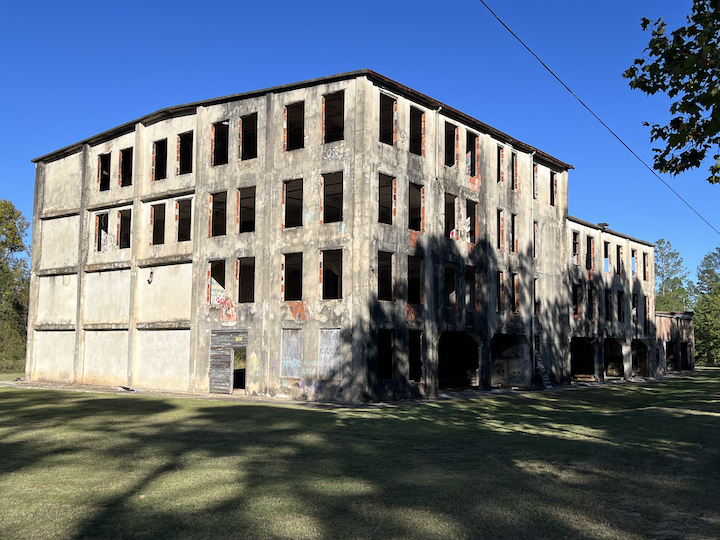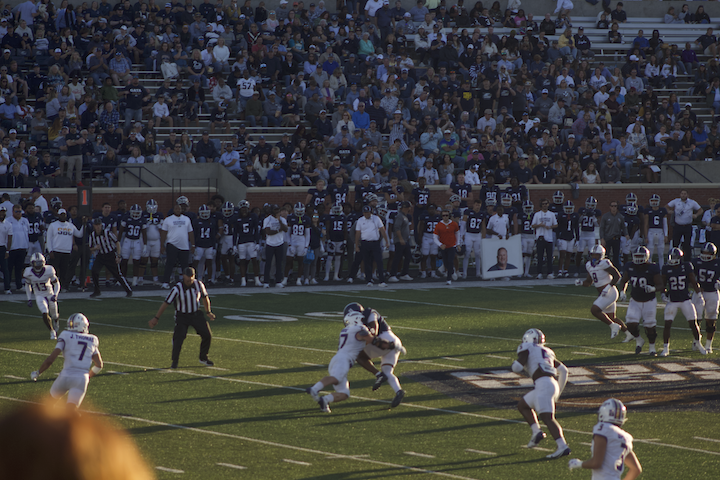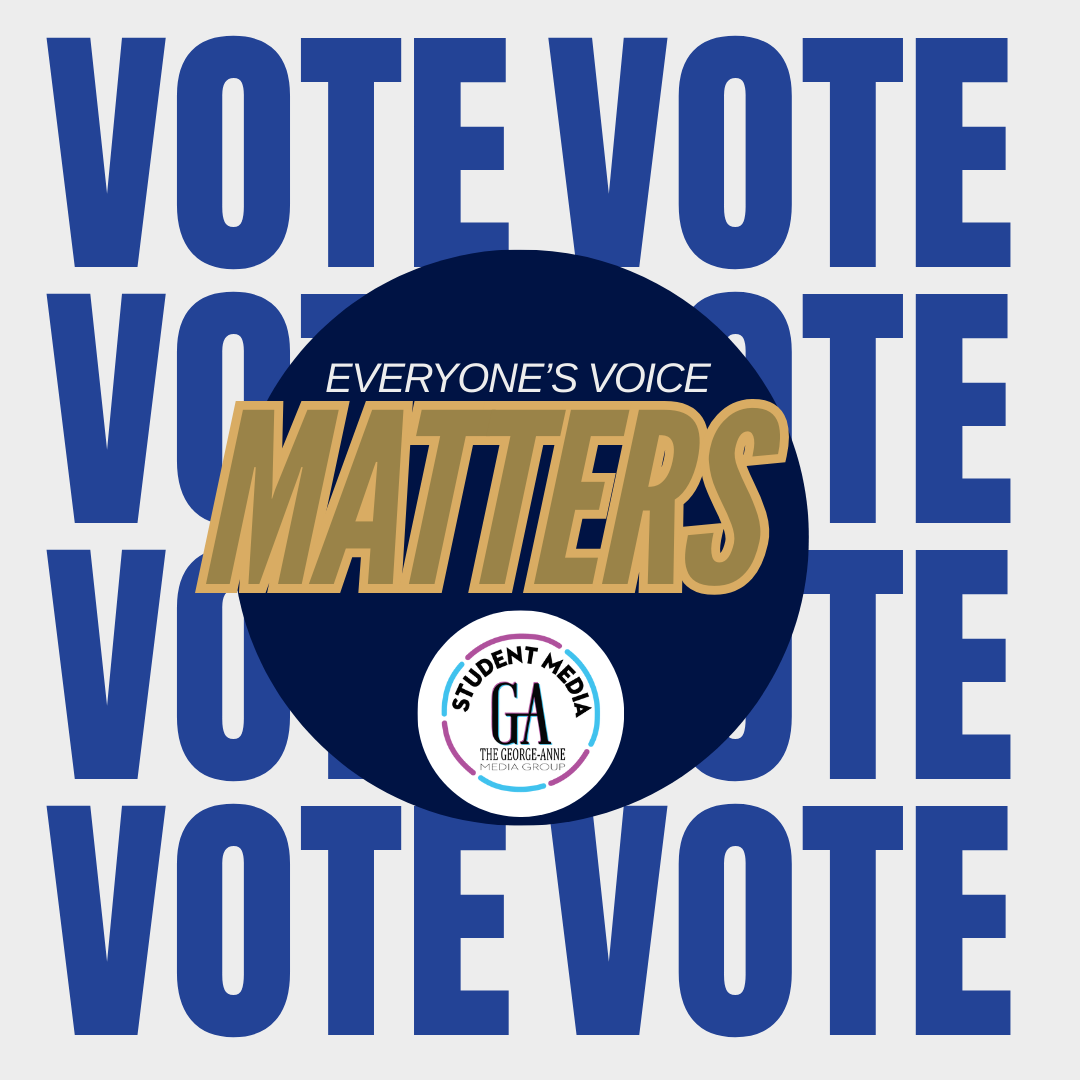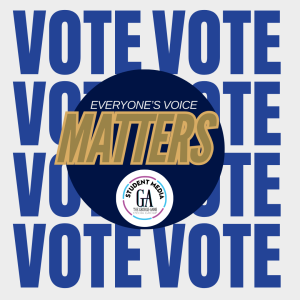History of the Irish in Savannah
Katherine “Kat” Fallon speaks about the experiences of queer and gender non-conforming women.
April 6, 2017
Every year on Saint Patrick’s Day, the world stumbles together hand in hand clad in green regalia. From Dublin, Ireland to Dublin, Georgia, stores sell out of tacky costume jewelry and Guinness stouts for a celebration of our collective Irish ancestry. A short I-16 drive from Dublin, Georgia, the celebration in Savannah is the second largest in the world only to New York City. This is no coincidence as the Irish history in the city is as rich and vibrant as the shamrock eyeglasses and top hats donned on River Street during the festivities. But racial stereotypes aside, the history of the Irish in Savannah is characterized by immigrants in search of a better life. It’s a tale as old as time itself.
Dr. Howard Keeley, the director of the Center for Irish Research and Teaching at Georgia Southern University, knows all about the role the Irish played in Savannah’s history. Growing up in Ireland and receiving his doctorate in Irish literature from Princeton, Keeley is perhaps the foremost source in the Statesboro area on the topic. Like any story there are many ways of telling it, but for this instance it’s best to understand it by breaking it into phases.
 In the latter days of the colony of Georgia, the second royal governor was an Irishman named Henry Ellis (whom the second largest square in Savannah is named after). The colony was struggling and hurting for trade commerce so Ellis was put into power. Ellis is often seen as being responsible for the county system in Georgia as well as for creating agreements with the Creek Indians which allowed for the interior of the state to be more accessible to white European settlers.
In the latter days of the colony of Georgia, the second royal governor was an Irishman named Henry Ellis (whom the second largest square in Savannah is named after). The colony was struggling and hurting for trade commerce so Ellis was put into power. Ellis is often seen as being responsible for the county system in Georgia as well as for creating agreements with the Creek Indians which allowed for the interior of the state to be more accessible to white European settlers.
“It is really an important story in the history of the Irish in Savannah, that of Henry Ellis. The influence of Henry Ellis is one of the major ways in which we see Savannah as an Irish city today,” Keeley explained. “While we call (James) Oglethorpe the founder of Georgia, Henry Ellis is known by some historians as the second founder of Georgia because of the way he relaunched the Georgia project in a way.”
The next phase of the Irish colonization took place with the opening of around 15,000 acres of land around modern-day Louisville, Georgia (between Savannah and Augusta) so many Irish people came specifically to settle that land. By the early 1800s there was a sizable number of Irish people in the merchant class in Savannah who came there for work. These people were generally Presbyterians from Northern Ireland.
 As time went on, the next wave of the Irish in Savannah came in the form of poor Irish Catholics. By 1812, the Presbyterian Irish were noticing enough of these struggling immigrants coming into Savannah that, together with well-wishers in the Jewish community, they established the Hibernian Society of Savannah to give aid. As a benevolent society, their purpose was and still is to offer help to these types of people and give them a safety net to fall back on if they run into trouble. At this point, Savannah begun to turn into a blend of the Presbyterian Scots-Irish and the often lower-class native Irish Catholics.
As time went on, the next wave of the Irish in Savannah came in the form of poor Irish Catholics. By 1812, the Presbyterian Irish were noticing enough of these struggling immigrants coming into Savannah that, together with well-wishers in the Jewish community, they established the Hibernian Society of Savannah to give aid. As a benevolent society, their purpose was and still is to offer help to these types of people and give them a safety net to fall back on if they run into trouble. At this point, Savannah begun to turn into a blend of the Presbyterian Scots-Irish and the often lower-class native Irish Catholics.
During the 1820s and ‘30s there came a great demand for labor in the area to build valuable canals. According to The Wild Geese, a site dedicated to exploring the heritage of the Irish all over the world, the Irish jumped at the chance to fill the hard labor positions. A few decades after that, the Irish would fill the demand for labor on the region’s railroad system.
 Jump ahead to the mid-1800s and you have the reason for one of the most famous causes of mass emigration: the Great Famine. In the years that followed, one county in Ireland became particularly represented in Savannah, the Southeastern county of Wexford. Within the large Irish community in Savannah there were sub-communities where people were identified by what counties they came from in Ireland and eventually they would identify by what districts of Savannah they were from. These Irish communities being largely encompassed in neighborhoods of the city known as Frogtown, Yamacraw and Old Fort.
Jump ahead to the mid-1800s and you have the reason for one of the most famous causes of mass emigration: the Great Famine. In the years that followed, one county in Ireland became particularly represented in Savannah, the Southeastern county of Wexford. Within the large Irish community in Savannah there were sub-communities where people were identified by what counties they came from in Ireland and eventually they would identify by what districts of Savannah they were from. These Irish communities being largely encompassed in neighborhoods of the city known as Frogtown, Yamacraw and Old Fort.
After the mass migration that came with the famine there were no further large-scale immigrations of the Irish people to the city of Savannah. With the 1861 outbreak of the Civil War, Irishmen saw the writing on the wall and chose to settle in different areas of the country. Combined with the advent of the industrial revolution, this saw workers make their way to bigger cities like New York and Boston which are known today for their Irish backgrounds.
While you’re putting back a few pints tomorrow for National Beer Day, don’t forget about the history behind the city where Irish drinking stereotypes thrive. Keep in mind that those cobblestoned Savannah streets you’re walking down are ingrained and enriched with the memories of their Irish settlers.








